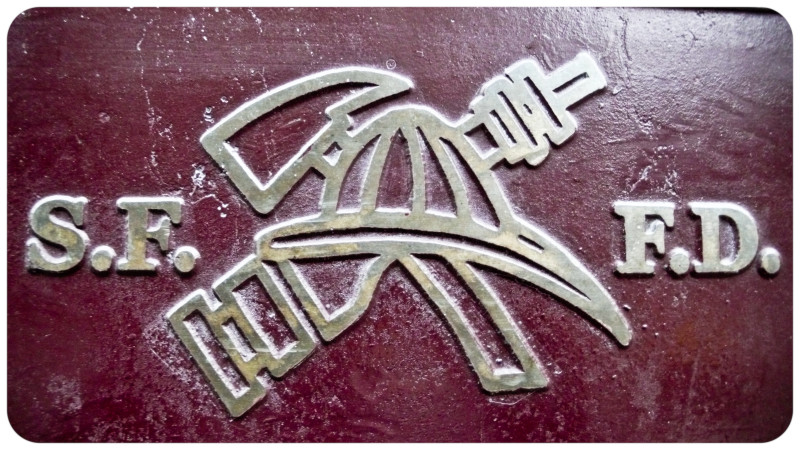The Ghost Ship warehouse in Oakland's Fruitvale neighborhood was not permitted as a living space.
Two of the San Francisco buildings that received notices are located in the city's South of Market neighborhood and one was on Potrero Hill, according to department spokesman Jonathan Baxter. The notices were all issued in the two weeks after the Oakland blaze.
Fire officials believe the orders affected up to 24 people, Baxter said Thursday. He was not aware if any of them were artists.
The vacate orders came after the department received 15 complaints about warehouse safety problems, according to De Cossio. The buildings that received them had "deficient" exits or lacked proper permits, he said.
Currently, according to fire officials, inspections and any resulting orders are strictly complaint-driven.
At Wednesday's meeting, San Francisco Fire Commissioner Ken Cleveland suggested a more aggressive inspection protocol to De Cossio "just to put the community on notice," Cleveland said.
"We could do random," De Cossio said. "We are open to that idea."
After the Ghost Ship blaze, fire officials discussed the idea of random inspections, according to Fire Chief Joanne Hayes-White. "There's competing feelings about that," she acknowledged.
"When we say 'notice to vacate' it is our opinion that it is unsafe, and they should vacate," Hayes-White said. "There are entities that feel that other solutions should be offered instead of putting someone right out there on the street."
The Fire Department would need to work with other city agencies before moving forward on random warehouse inspections, she said.
A change in warehouse inspection policy, which would require reforms to local code, is a bad idea, according to Randy Shaw, a longtime tenant activist who directs the Tenderloin Housing Clinic.
"A random sweep is not a good use of resources and is particularly worrisome," Shaw said Thursday. "The city should not embark on this plan."
Artist advocates agree.
"The government cracking down on artists' spaces, causing confusion, fear and potentially evictions and displacement, is not the way to make the city safe for artists," said Spike Kahn, director and founder of the Pacific Felt Factory arts complex, which has more than a dozen artist studios.
"Fire safety is important, but so is having a place to sleep inside and out of the rain," Kahn said Thursday.
The city should help fund work to bring warehouses up to code and keep the spaces affordable, Kahn said. She is calling for the creation of a task force involving community artists and city officials to help create ways to prevent artist evictions and keep their current homes safe.
"We cannot allow the city to kick people out of buildings where they live and work," Kahn said. "They are not in unsafe buildings because they want to be. They have no choice ... in one of the most expensive cities in the world."
That balance is something Oakland Mayor Libby Schaaf tried to strike on Wednesday. Schaaf issued an executive order aimed at bringing non-permitted residential spaces into compliance with city law while minimizing displacement.
San Francisco is looking into similar solutions, according to Debra Walker, vice president of the Building Inspection Commission and also an artist.
In the short term, city agencies should try to avoid tactics that lead to people getting displaced from unauthorized warehouses, Walker said. Long term, the city should come up with reforms that could potentially legalize them and make them safer, she said.
"Nobody wants anything to happen close to what happened at Ghost Ship," Walker said.
